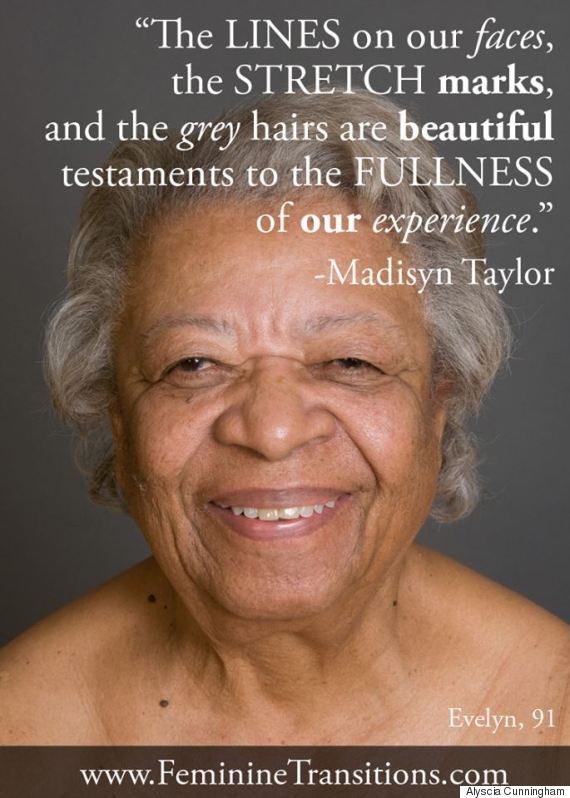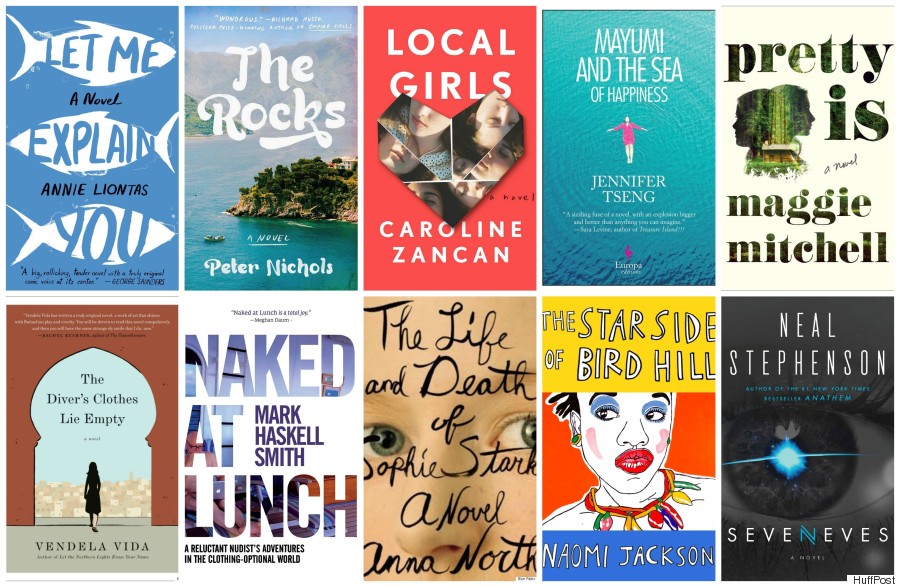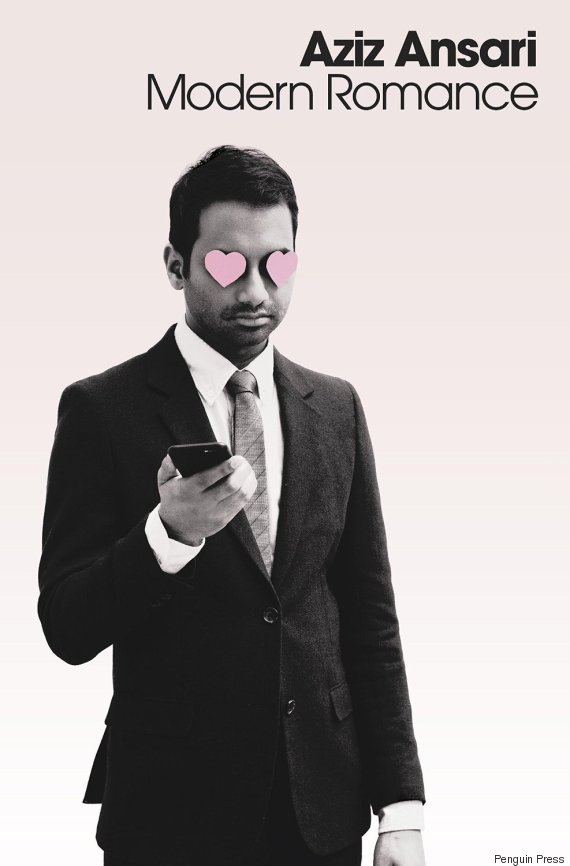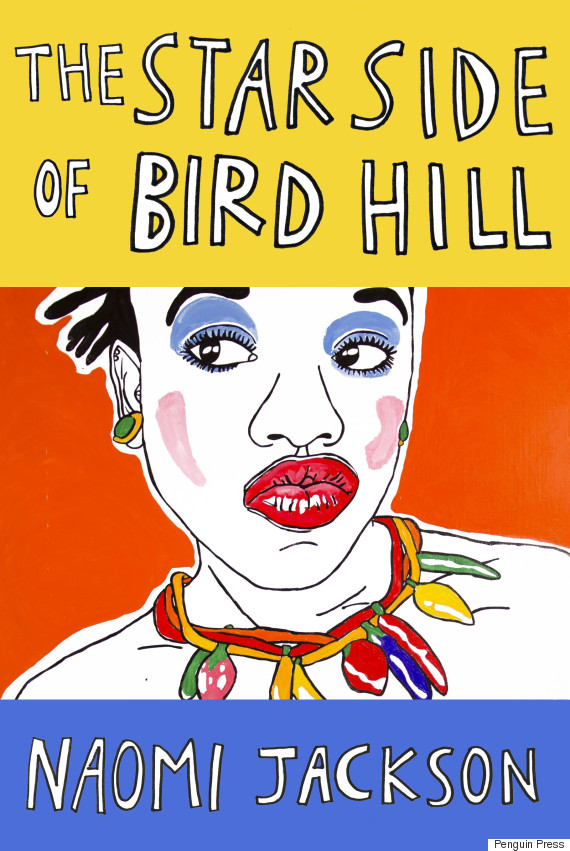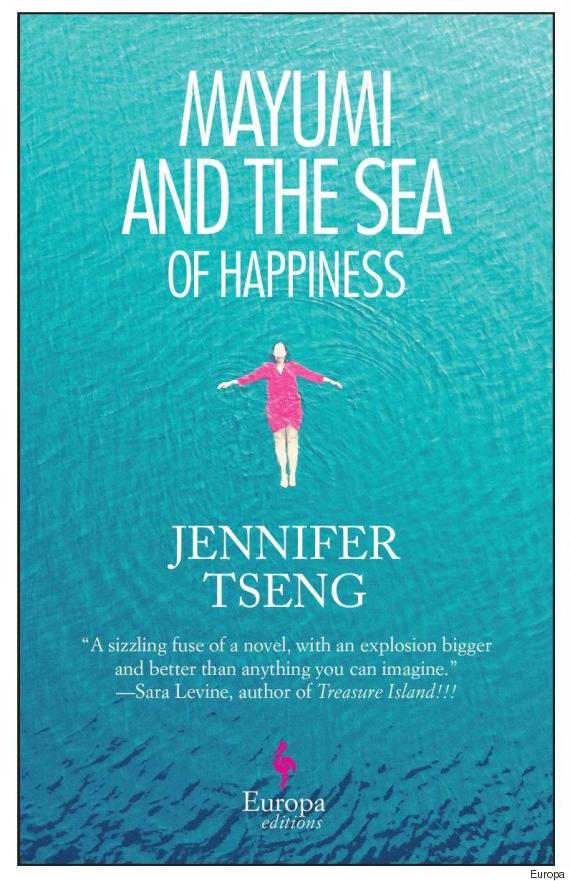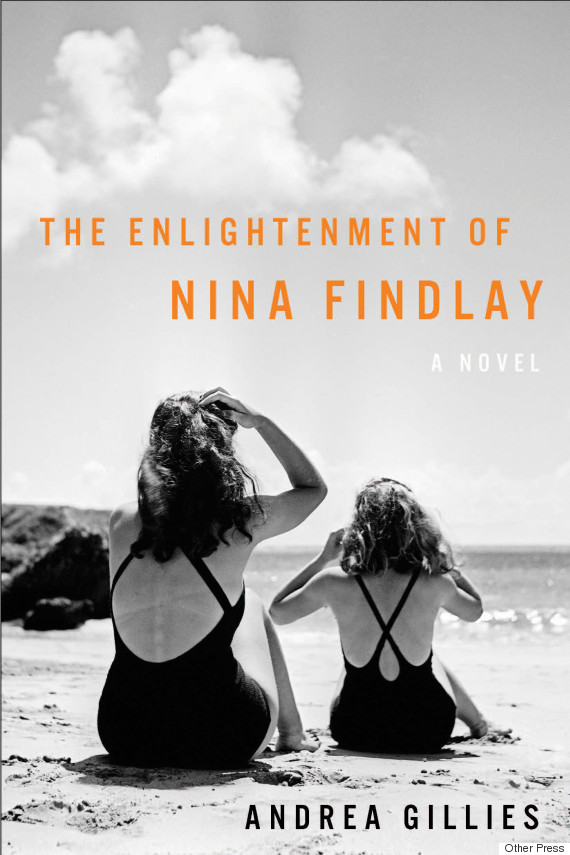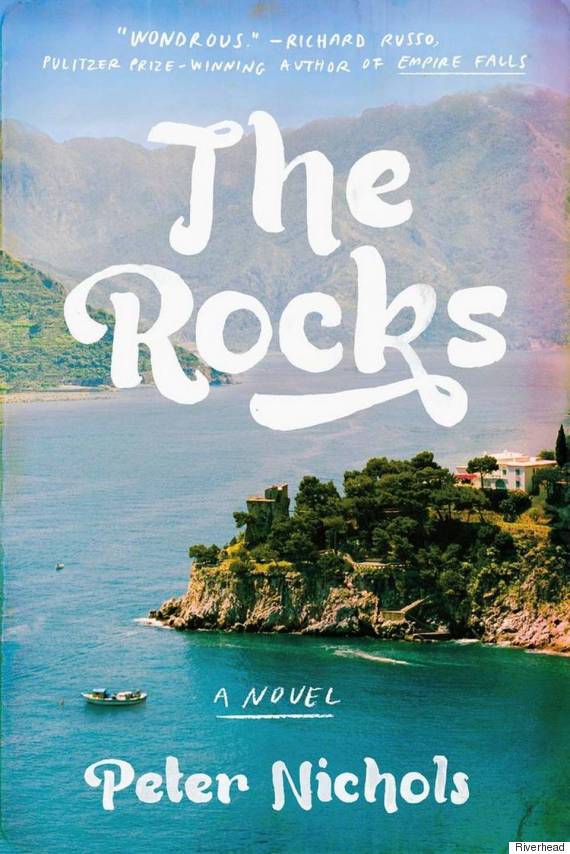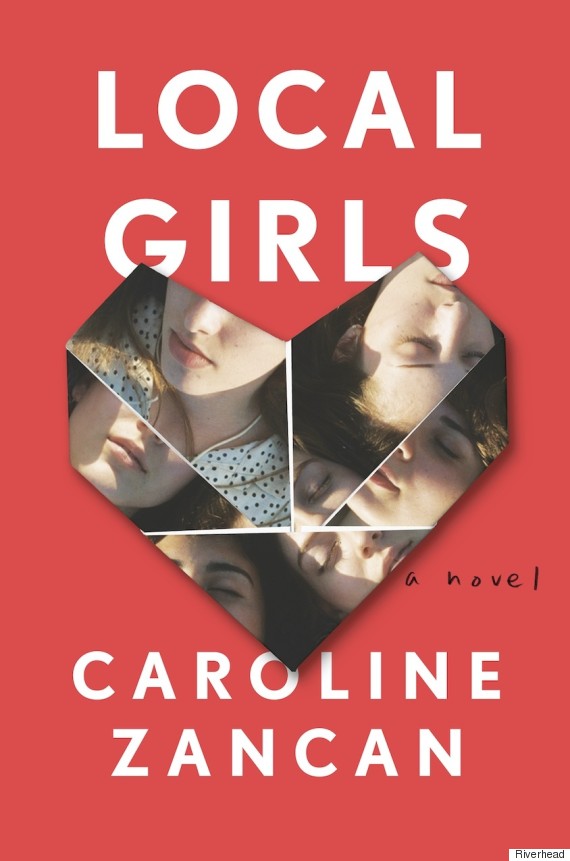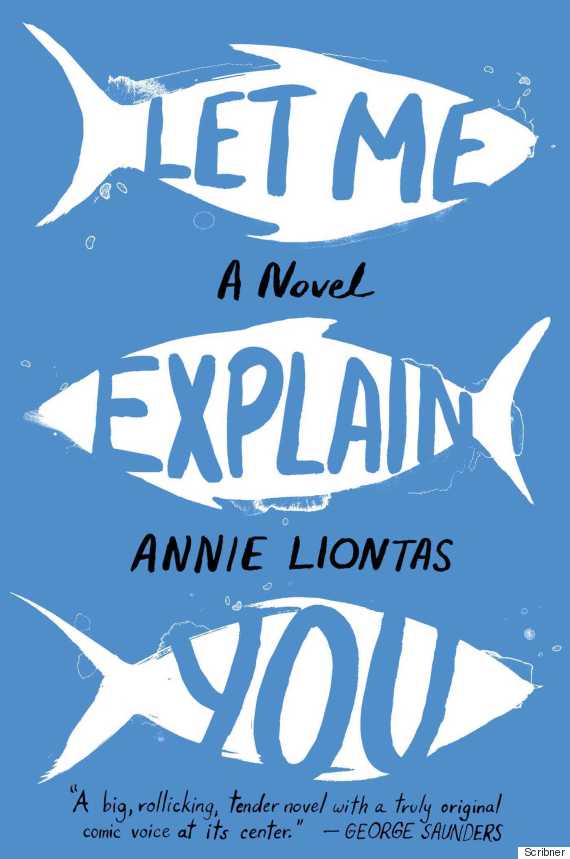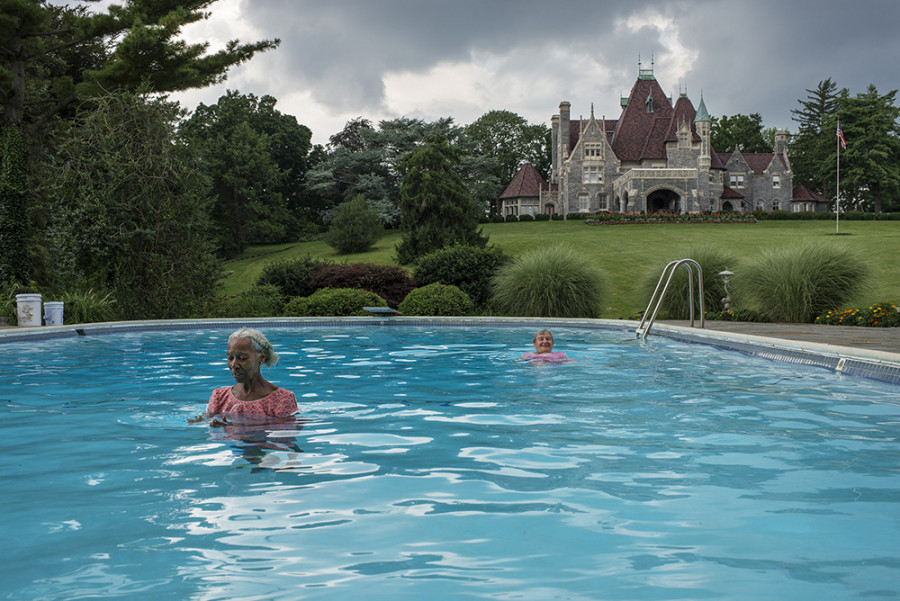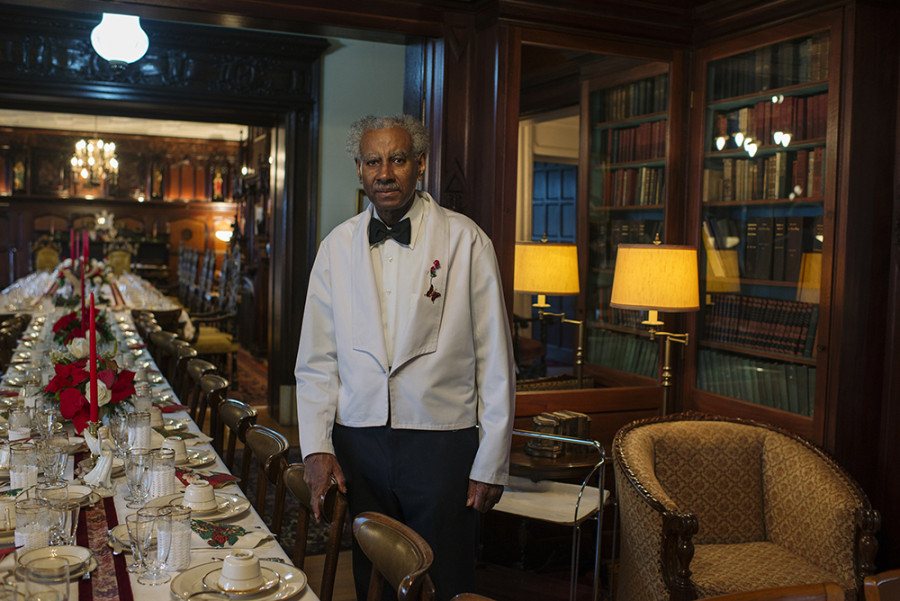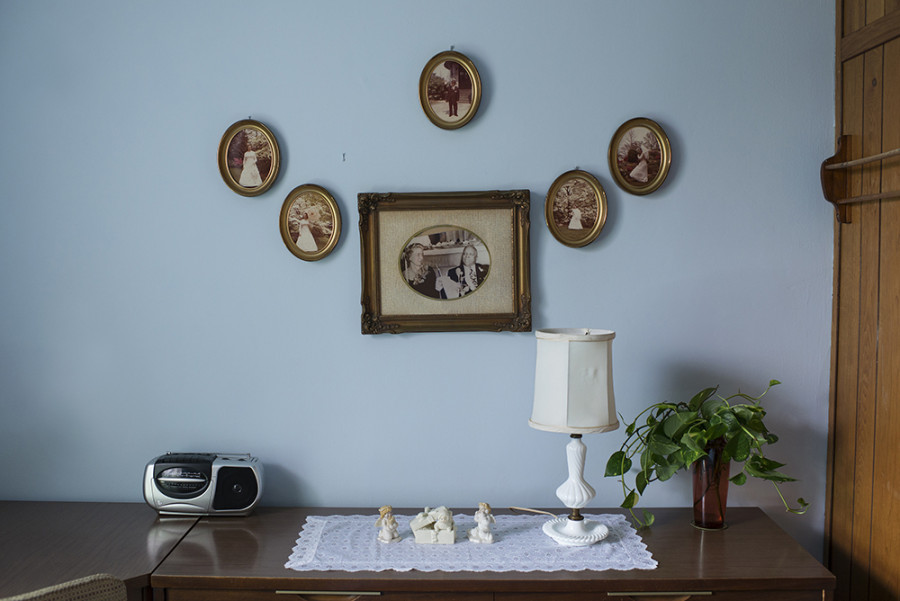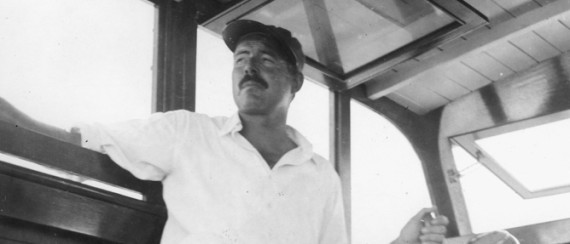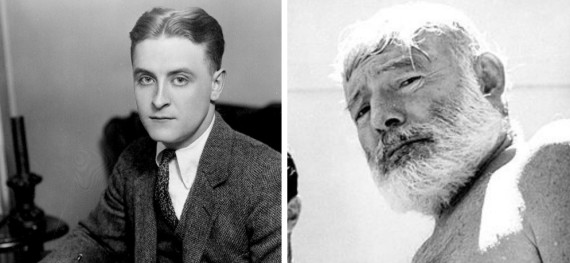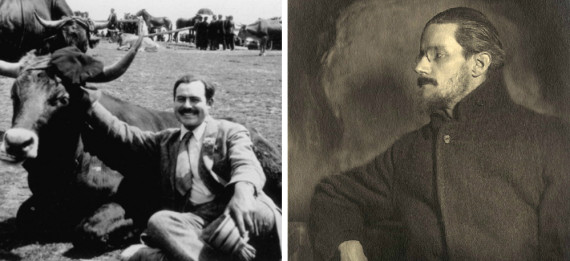The following article is provided by Rolling Stone.
By KORY GROW
The way film composer and former Oingo Boingo frontman Danny Elfman tells it, his whole career boils down to two words: "Fuck it." He muttered that philosophical phrase when he offered an opportunity to write his first movie score – for director Tim Burton's feature debut, "Pee-wee's Big Adventure" -- and the musician said it again when given the chance to perform his now-impressive catalog of symphonic cinematic creations in his "Music From the Films of Tim Burton" concert series.
The shows, which opened in London in 2013 and will kick off its New York City at Lincoln Center on July 6th, contain 15 suites of music from throughout Elfman's three decades of collaborations with the director -- from the primal mania of "Pee-wee" to the textured grandeur of "Alice in Wonderland," with stops at "Beetlejuice," "Batman" and "Edward Scissorhands," among others, along the way. But the moment that forced Elfman to want to let go was the prospect of singing songs from "The Nightmare Before Christmas," in which he sang the role of skull-headed protagonist Jack Skellington.
150 Best 'Simpsons' Episodes
"The scariest performing night of my entire life was opening night in London," the orange-haired composer says of the series, sitting in the office of a radio station. "There was just no way to know whether the entire evening was a complete disastrous mess or not. There were only two rehearsals. And then I'd flippantly agreed to come out and sing. It was like, 'Wait a minute, did I agree to that?' 'Yeah.' 'Can I get out of it?' 'No.' It's like, 'Shit!' I hadn't sung in 17 years and on some of these songs I didn't even put in rests to breathe. I need gills.
"So I remember sitting backstage, hyperventilating before I walk out, and Helena Bonham Carter's there," he continues. "She sees I'm really nervous and she says, 'Danny, come on. Fuck it.' And I said, 'Yeah. How could I forget that?' that's been the driving force of my entire professional life. Fuck it. What are they going to do? Kill you? That's my mindset for everything I've ever done that was fearful or impossible or difficult. I walked out there and to my astonishment, the English audience was warm. It was probably the greatest night I can remember in my life performing. Now I just enjoy doing it."
With the exception of compiling a box set of his Burton collaborations in 2011, preparing the suites for the concert series marked the first time that Elfman really assessed his career. "It was so strange hearing my own progression through 15 works over 25 years and where it started and where it went," he says with a laugh. "It was kind of like 'A Christmas Carol: The Ghost of Christmas' past goes, 'And now, Danny, we're taking you to 'Beetlejuice.'"
Currently, he's working on scores for a movie called "Tulip Fever" and a sequel to Burton's "Alice in Wonderland" (directed by James Bobin), as well as a violin concerto he hopes to finish by the spring. But most pressing for him is his Lincoln Center run, from July 6th through the 12th. In anticipation of those shows, Elfman met with Rolling Stone to look back at how he got there in the first place.
How did you first meet Tim Burton?
It was just a random thing. I got a call to meet this young animator on a movie, "Pee-wee's Big Adventure," and I knew who Pee-wee was 'cause I'd seen Paul Reubens perform at the Groundlings and I thought he was great. I had no idea who Tim was, of course. Nobody did. When I met him, it was like, "Why me? Why would you want me to do a score? That's crazy." Tim was like, "I don't know. I've seen your band and I think you could do it." It was kind of that simple.
Harry Shearer's 10 Best 'Simpsons' Characters
What do you two have in common?
We were both horror-film kids. We loved every horror film made in the Sixties and the Seventies. His idol was Vincent Price, mine was Peter Lorre. It kind of defined us for the next 30 years: Evil mastermind tortured doomed souls, both misunderstood [
laughs].
So did the "Pee-wee" gig come easy?
He showed me scenes from the movie and I recorded a piece and sent in a cassette. I never expected to hear from them again. About two weeks later, I got a call saying, "You got the job." My first reaction to my manager was to call him and tell him I can't do it. He goes, "I've been working on this for two weeks. You call and tell them you can't do it." I slept on it and decided the single piece of anything that's guided my entire life was saying, "Fuck it." Like, "I hope I don't wreck their movie."
Was the "Pee-wee" score easy to adapt into a suite for this program?
Well, hearing an orchestra play it onstage, I realized that most of the orchestra isn't playing through most of the piece. It was a terrible live presentation, mostly just the piano and celesta player; the orchestra is basically sitting there, and every now and then they'd play. And I'd say, "Wow. I really didn't think about that or care at the time."
Aside from your experience in Oingo Boingo, how hard was it for you to you write orchestrally?
Well, when you start a band, you're supposed to be 17. I was, like, 27 or 28 years old. So I was already an old man. But I'd been doing musical theater for seven years. I was a street musician, and I learned to transcribe music. I taught myself to write music and did weird arrangements. We did either stuff that I was starting to write or early Thirties, weird big-band music from Duke Ellington to Cab Calloway. When I started a band, it was like, "Well, that was all a complete fucking waste of time. I don't have to write anything to be in a band."
Then suddenly, years later, there was this film score. So it was like: Remember what you used to do for 12 pieces, for the Mystic Knights [of Oingo Boingo]. Because I was self-taught, I had my own way of figuring it out. Ultimately, writing music was nothing but a division of notes. I found it was actually a lot easier than reading music.
See Who Else Has Joined Danny Elfman in Making the Leap from Rocker to Film Composer
After "Pee-wee," you scored and appeared with Oingo Boingo in the Rodney Dangerfield movie "Back to School" and you also scored a couple of other films. How was it reuniting with Burton for "Beetlejuice"?
I was trying to do a couple of movies a year around the band schedule 'cause I wanted to learn. So with Tim, "Pee-wee" was my first score, "Beetlejuice" was my fifth and "Batman" was my 10th. And at a certain point he asked me, "How are you doing four movies between my movies?" And I go, "If I didn't, I wouldn't be able to step up to your films. I gotta learn how to do this." So I was champing really hard to fit a couple of films into my schedule for each year.
So was it easy, then, to return to writing for Tim?
Well, he sent me the script early, and I said, "I'm gonna get ahead of the schedule and write music before they're done shooting." I'll never forget seeing the rough screening [of 'Beetlejuice'] a couple of months later and thinking, "None of that is gonna get used." The tone had immediately wiped out everything that I'd done. I don't know if I wrote was darker, it just wasn't right. I learned then not to trust my instincts when reading a script.
So did that lesson help with "Batman"?
Yes. That's still what I consider to be the hardest score of my life.
Why is that?
Nobody wanted me on the film except for Tim, and he was not a major director yet. The studio didn't really want me, understandably. I'd never scored a big film. I'd never scored a dark film. I'd never scored action. I was the quirky comedy guy. I'm sure they would have been much happier if they could get a more experienced composer, John Williams or somebody. The producer, Jon Peters, wanted a pop score. He wanted to use Michael Jackson, Prince and George Michael.
Well, there was Prince's "Batman" soundtrack.
There was a period where they wanted me to collaborate with Prince on the score, and it was the hardest decision of my life. For a short period, I had to walk away from the film. I knew what the score should be, and I knew that collaborating with a pop artist -- as much as I deeply respected him -- would not yield good results. I had no security, the future was far from set, but I felt I had to take a stand. And I went through probably a month where I was as depressed as I've ever been about making wrong choices and what an idiot I was, and then they actually came back and said, "We need you on the film." And I was like, "OK, I'm ready."
I didn't know how to do a presentation. I had these demos with these crazy ideas, and Tim was like, "Play the march! Play the march!" He was talking about the theme for the titles. "Oh yeah, right." I put that on, and Jon suddenly goes from skeptical to getting out of his chair and, like, conducting. Tim was like, "You've got it." To Jon's credit, he turned around completely and became a huge supporter. That's when he said, "We're going to do something that no one's ever done: We're gonna have two soundtrack albums." I wasn't expecting to have any soundtrack. He goes, "No, really, 'cause this is really good."
You won a Grammy for that soundtrack. That had to feel good.
Not to me. Awards don't mean much to me. It's an honor, I'm flattered, but I have a life-long attitude of never take any award seriously. If you start believe that, you'll start trying to get one. If you start trying to get one. . . . .
Both "Batman" and "The Simpsons," which you did the theme song for, happened in the same year. Was that a turning point for you?
Yeah, but who would know? Like with "Pee-wee's Big Adventure" I expected nobody to hear it. I told Matt Groening, "If you want something contemporary -- television contemporary -- I'm not the guy." 'Cause I didn't understand TV themes in the Eighties at all. "If you want something really retro, I'm the guy." 'Cause it felt like a Hanna-Barbera cartoon that never was, and there was something reminiscent of "The Flintstones": going through the city, even though Fred Flintstone was running and Homer's driving the car. And he said, "Yeah, that's what I'm looking for." I wrote it in my head in the car on the way back. By the time I got home from the meeting it was all done. I ran downstairs, recorded a demo, sent it out, got a call back, Matt says, "Yeah, great." It was the easiest thing I've ever done. Now if I died today, they'd probably put "wrote 'The Simpsons' theme" as my legacy.
But isn't that the dream, to do just one day's work and have it live on forever?
It's beyond the dream. It's something that I didn't think anybody would get. But oh, my God, singing those three syllables for me was one of the most lucrative things I ever did . . . [
singing] "The Simp-sons." Singing more than writing actually may have been the smarter and unintentional thing to do, 'cause I had a SAG contract and I was paid as a singer. I never have to worry about health insurance again.
The 10 Best TV Spin-Offs
Speaking of singing, you wrote "The Nightmare Before Christmas" and sang the part of Jack Skellington. How did that begin?
That was the one time it was really from the get-go, because the songs had to be written before it could be animated. There wasn't a script, there wasn't anything. And neither of us had any clue of how to put together a musical like that. So it was like, "Let's start doing it." Tim would come over, show me pictures of the characters that he'd drawn, and I'd say, "Just tell me the story, like you're reading it to a kid." As he was describing it, I would start to hear it and I'd run the other room, write and record a song. We did that 10 times 'til it's like, "OK, we got the songs. Don't know if it's enough or if it's way too many, whatever it is, now we have something to send to [director] Henry Selick so he could start a movie."
What struck you about Jack Skellington?
I felt a particular relationship to this character, because Jack wanted out of Halloween Town and at that time, I was ready to get out of Oingo Boingo and didn't know how. My band was my Halloween Town and coincidentally, we also performed every Halloween [
laughs]. So as I wrote those songs from Jack's perspective, I was kind of also writing my own feelings. So I understood Jack, like, "I'm king of this little world but I want out." I get it.
When did you know you wanted to sing the role?
I didn't think about it at the beginning, but as I did the demos, there was a point where I finally said to Tim, "No one else can sing these parts. You've got to let me." As I started singing the songs more and more, I reached the point where it would have killed me to give it to someone else. Fortunately, he said, "Yes."
You've worked with Gus Van Sant, Brian de Palma, Sam Raimi. What keeps you going back to Tim?
I don't know. There's a lot of composer-director long-term relationships. You've got [Robert] Zemeckis and [Alan] Silvestri, the Coen Brothers and Carter Burwell, Spielberg and John Williams. What makes those things work is a mystery. I can only say there has to be some common aesthetic between the two parties that makes the director feel comfortable going back to the same composer. But I don't know how to define that. Every time Tim calls, I'm always surprised. I don't expect it. Maybe what keeps us working together is just our backgrounds, that horror background.
What is it like collaborating with him?
He can be very intense while working on the scores but he gets very fun and jokey when we're recording later in the studio. But his process can be very tortured and torturous -- and isn't easy at all. People think, "Oh, I know what he's gonna like. I'll write something. He's gonna love this." I never have any idea what he's gonna like.
What's a good example of that?
Everything. Everything I start, I have a bunch of ideas that I create and I play them for him and I get his reactions but I don't know what he's gonna react to. It's always a mystery to me.
Does he give you direction?
Very little. Less than most directors. He'll tell me how he feels about a movie, but until I have music to play back, he's not gonna say, "Do it like this or like that." Often I think he has to learn what he's responding to by hearing. I can tell by his body language what he likes. But then, as intense as it can be developing the music, when we're actually recording, he can be hysterical and funny. It's almost like the pressure of the whole thing is now on my shoulders and he enjoys the fact that he doesn't have a lot of responsibility now. It's like I have to suffer.
Tim Burton on 'Big Eyes,' Beetlejuice and Batman
How does he let loose while you're recording?
On "Edward Scissorhands," I had a shrunken head that was present for the sessions. We named him Uncle Billy, and Uncle Billy was around while we're doing everything. And then suddenly the boys' choir had to come in to sing, and it's like "We have to hide Uncle Billy" There's gonna be a bunch of nuns in here with all these kids, and Tim would do like the voice of Uncle Billy. It's like [
funny voice], "Where are you guys? Why don't you let me out?" And Uncle Billy became like the voice of the score and his feelings being hurt, and "we hid him when the children came over." That's very Tim.
Since you put together these suites, what score surprised you the most when you revisited it?
Probably "Big Fish." It came together in a way that I wasn't anticipating. It was a very difficult one to put together in a suite. There wasn't a single main theme. There were all these intertwining themes. That was one of the better surprises of the process.
What's your favorite score in the program?
It's hard to say that "Edward Scissorhands" wasn't one of my favorites. While I was working on it, I was feeling very unencumbered. Nobody knew we were doing the score. There was no input from producers, studios. It was so under the wire, that I just felt like we were off just goofing around for a student film. That went down about the easiest. Although I wasn't confident in what I was doing made any sense. Tim didn't seem to care.
This program has run in London, Sydney and Los Angeles. What does it mean for you for it to run in New York?
In Albert Hall, I told the producer, "Wherever else we do or don't do it, we've got to get to New York." I kept asking the producer when we'd get New York. And eventually, she said, "Not only do we have New York but we're opening the whole Lincoln Center Festival." I said, "Fucking hell. That's off-the-hook crazy. What a treat." For me, the whole thing's worth it to get that kind of moment here. The only things I've done outside of Oingo Boingo that have been live performances have been the ["Serenada Schizophrana"] concerto for the American Composers Orchestra at Carnegie Hall, my first ballet I ever wrote with Twyla Tharp -- which was at Lincoln Center. So my big things, other than the band, are here in New York.
So what has Tim told you about these performances?
He's like, "Yeah, you really can do it. You can still do it." He doesn't say a whole lot [
laughs].
-- This feed and its contents are the property of The Huffington Post, and use is subject to our terms. It may be used for personal consumption, but may not be distributed on a website.
 Like Us On Facebook
Like Us On Facebook  Follow Us On Twitter
Follow Us On Twitter


















